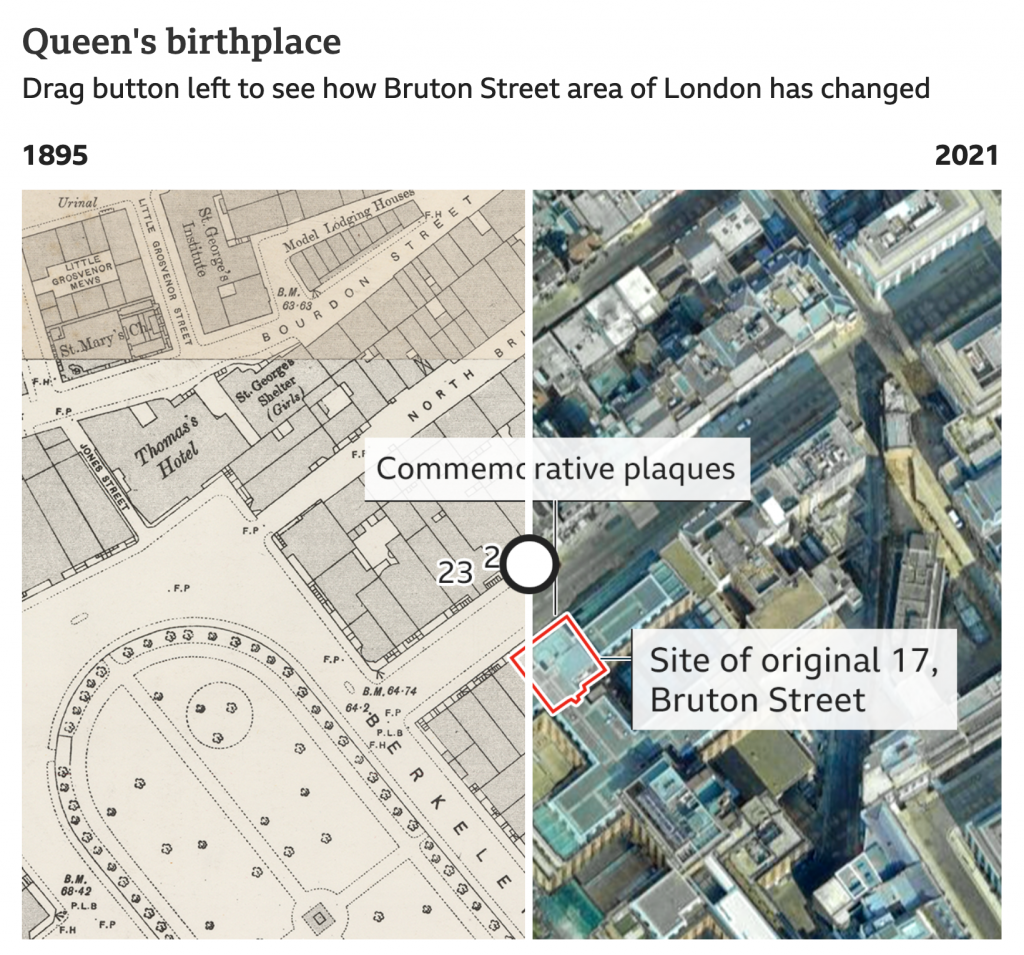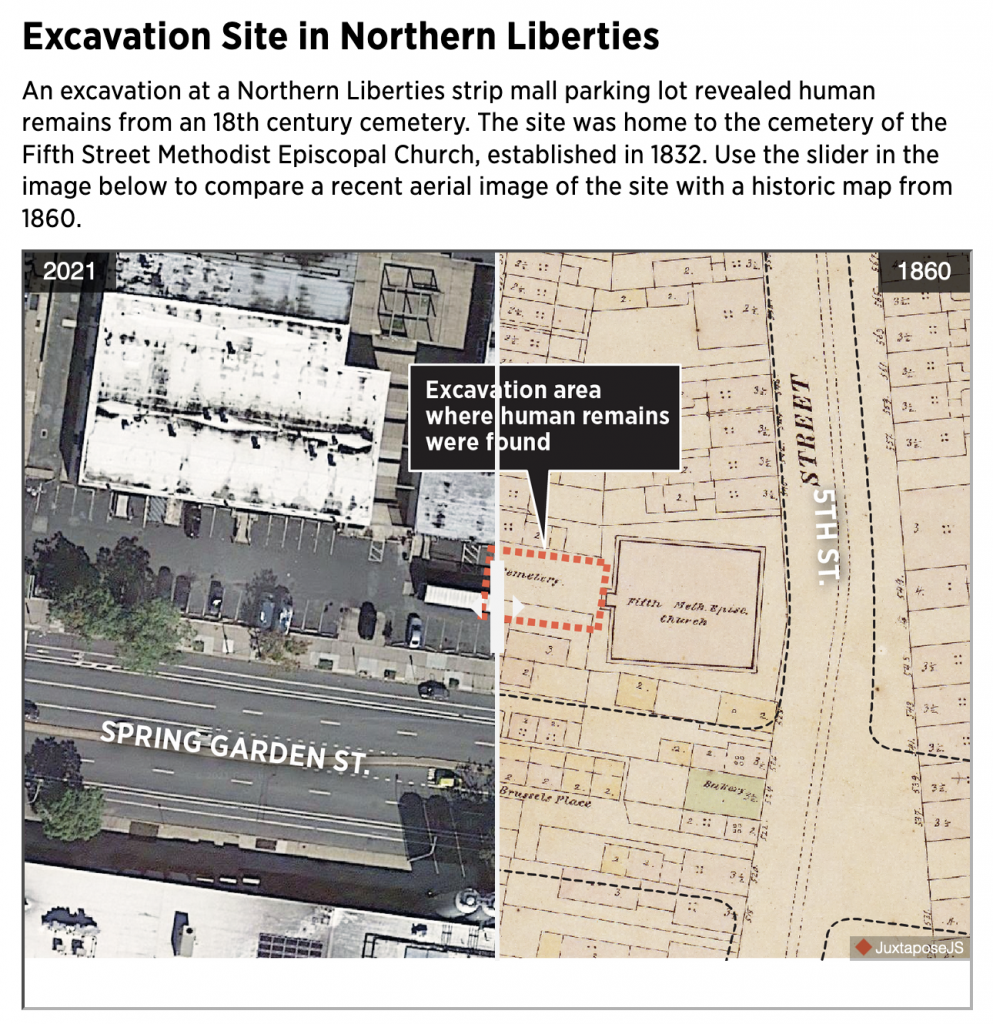Earlier this week marked the 70th anniversary of Queen Elizabeth’s accession to the throne of the United Kingdom and many Commonwealth realms. There are many graphics about the length of her reign and the numerous prime ministers and presidents she has met over the years. But I actually enjoyed this article from the BBC as it dovetails nicely with my interest in genealogy, which frequently looks at the same sort of materials.
In genealogy we often want to find photos, illustrations, or really any kind of documentation that ties an ancestor to a particular place at a particular time. What I never realised is that the birthplace of Her Majesty, the Queen, no longer exists.
It kind of makes sense, however, when you consider that as the daughter of the younger son she was never expected to take the throne. When her uncle abdicated, however, her father took the throne and then she became next in line and we all know the rest. But because of that lack of expectation her birthplace was just another London townhome. The article details how development changed the location, not the Blitz as is often thought.

You can see from the screenshot above how the article uses a slider device to compare the neighbourhood in London today vs. what it was in 1895, about 30 years before the Queen’s birth.
At this point we’re all familiar with sliders, but they do work really well when it comes to this kind of before-after comparison.
Credit for the piece goes to the BBC graphics department.

